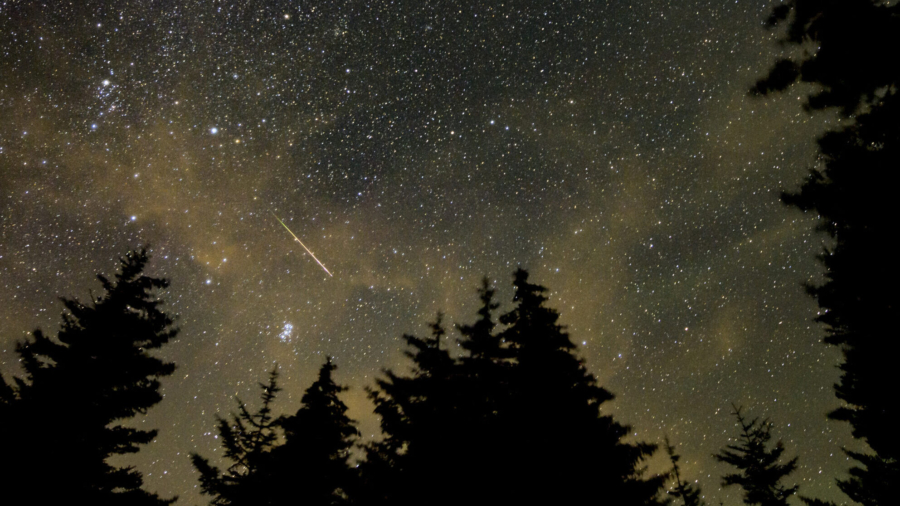The Northern Taurids, active since mid-October, will peak Monday night into Tuesday, with the best viewing likely after midnight, offering sky-gazers an ideal chance to spot meteors.
The impressive annual Taurid meteor shower is divided into two parts. The first half, the Southern Taurids, took place in September. However, for people who missed it, another opportunity is coming as the Northern Taurids will soon peak.
What is the Taurids Meteor Shower?
Like other meteor showers, the Taurids originate from a comet—in this case, the small Comet Encke. When it passes through our solar system, the debris—ice and dust—will cause the unique celestial event.
The Taurids are known for their exceptionally bright meteors, often called fireballs. These fireballs are larger and slower-moving, creating brilliant, long-lasting streaks of light across the night sky.
The Southern Taurids stem directly from Comet Encke, while the Northern Taurids are thought to come from a fragment known as 2004 TG10.
When and Where to View the Spectacle?
The Southern Taurids are active from roughly Sept. 23 to Nov. 12, with their peak earlier this month. The Northern Taurids are active from about Oct. 13 to Dec. 2, peaking around Nov. 11-12.
The Northern Taurids radiate from the Taurus constellation and can be seen almost anywhere globally except Antarctica, Dr. Shannon Schmoll, director of Abrams Planetarium at Michigan State University, told CNN.
Taurus is easy for skywatchers to spot. At sunset, the popular constellation Orion will rise in the East-Southeast, with Taurus positioned just above it. As the night progresses, the pair will move southward and climb higher in the sky.
These fireballs appear to follow a seven-year cycle, with numerous sightings in 2022 and the next prime opportunity anticipated in 2029.
Viewing Conditions and Equipment
According to the American Meteor Society, the moon will be about 79 percent full when the Northern Taurids peak this week, which may make it harder to spot meteors earlier in the evening.
However, during peak viewing, which takes place on Nov. 11 and 12 in places like London, these brilliant shooting stars will be visible despite light pollution from major cities.
No equipment like telescopes or binoculars is needed; the key is to take in as much of the sky as possible.
Letting your eyes adjust to the darkness for at least 15 minutes will increase your sensitivity to dim light, making meteors easier to spot.
Bring blankets or reclining chairs for comfort, as meteor watching can take time. Relax, look up, and let the meteors reveal themselves. With patience, you will be rewarded with one of nature’s most stunning displays.

